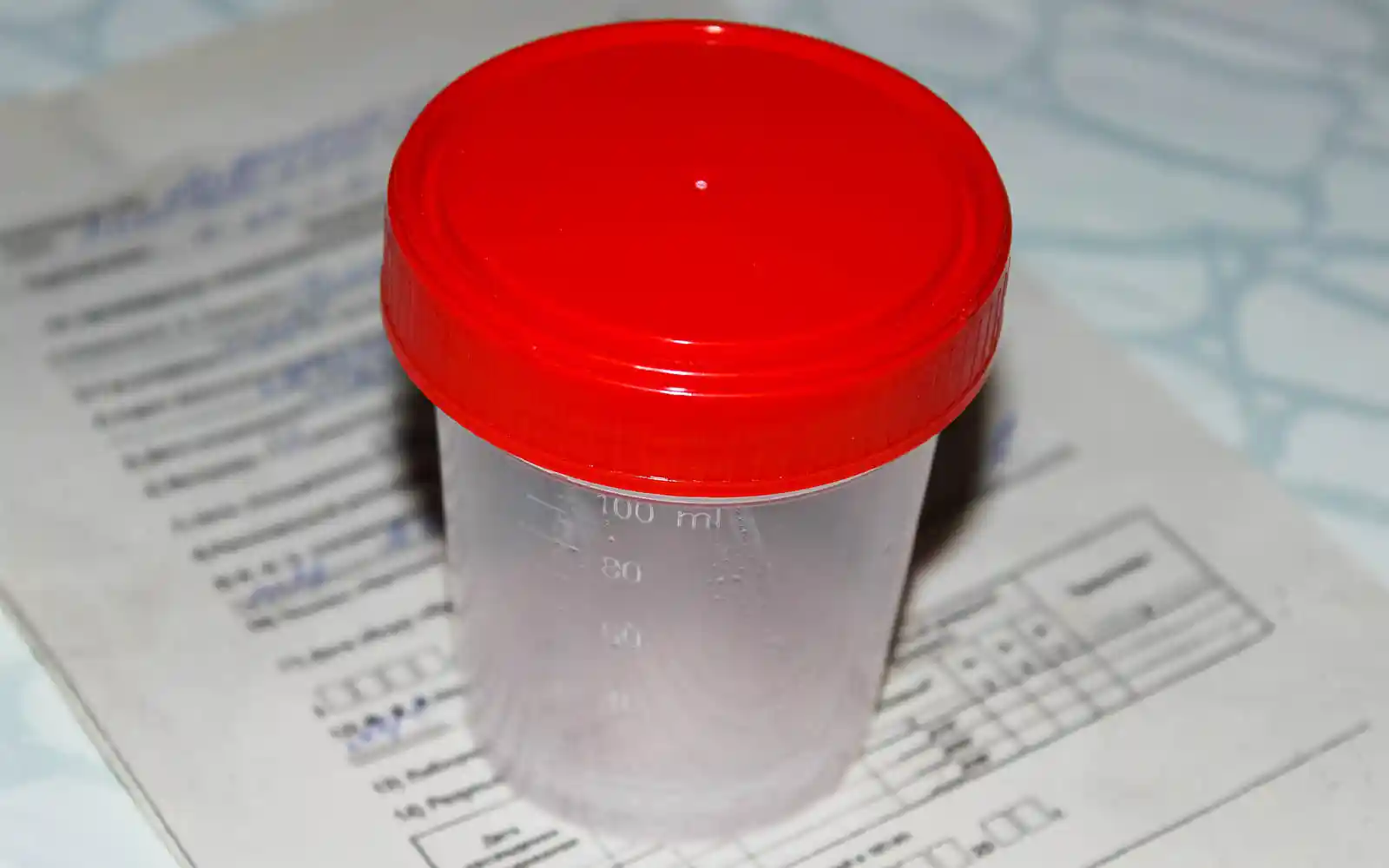Additional sperm tests are “above and beyond” the Standard Semen Test, which assesses the number of sperm likely to reach an egg and is a relatively basic way to assess male fertility. The Additional Sperm Tests look at a man’s sperm to see if they “have what it takes” to create a healthy pregnancy.
These additional tests reveal hidden issues that stop conception and can prevent losing valuable time, cost and extended heartache, which is often the hardest thing of all. These tests aren’t usually considered until couples don’t conceive with assisted reproductive techniques (ART), as most MD/GPs rely on (or only know about) standard semen samples.
However, some authorities recommend a routine check of damage to sperm DNA for infertile couples. simply because this issue is closely linked to lower fertilization rates, embryo quality and pregnancy, as well as higher rates of spontaneous miscarriage and childhood diseases.¹
For an egg to be fertilized, not only do enough sperm need to reach it, but these sperm must perform a number of tasks once they’re there:
- Sperm have to break down the “zona” (shell) surrounding the egg for one sperm to penetrate and fertilize it, which requires the group action of about 40 sperm
- The successful sperm must carry the right DNA package to create a healthy baby
- The genetic material on chromosomes needs to be relatively fault-free and able to divide perfectly in the new cells ²
- Anti-sperm antibodies can attach themselves to sperm, and they can prevent sperm from reaching the egg
When sperm can’t reach the egg, penetrate the shell or deliver viable DNA, the egg either won’t get fertilized, or the embryo’s development will suffer. These issues affect both natural conception and IVF, which is why these tests and treatments have been developed.
Additional sperm tests are appropriate when:
- Couples have a diagnosis of unexplained infertility
- Male patients are considering IVF
- A couple have had a number of failed IVF/ICSI treatments
- After recurrent miscarriages
- Men have raised FSH levels
- Men have poor semen sample values (especially high numbers of abnormally shaped sperm)
Overview of additional sperm tests
| Test | Description |
|---|---|
| Sperm penetration assay (SPA) | The SPA tests whether a man’s sperm can penetrate an egg |
| Genetic testing with fluorescent in situ hybridisation (FISH) | The FISH test looks at the chromosomes (and genes) in sperm to see if the sperm are normal or have “aneuploidy” (extra or missing chromosomes; in whole or in part) |
| Sperm DNA fragmentation test | The sperm DNA fragmentation test is used to detect the percentage of sperm that are carrying damaged DNA |
| Anti-sperm antibodies (ASAb) test | The ASAb test looks for special proteins (antibodies) from the immune system that attach to, and immobilise sperm |
Blood tests
Hormonal blood levels can yield a great deal of clinical information and may be ordered if sperm concentrations are low or if hormonal problems are suspected. These tests include testosterone, LH, FSH, and prolactin levels, and estradiol may also be included if the patient has a high body mass index (BMI). Accurate hormone testing for men is available via a simple saliva sample.
Chromosomal (karyotype) testing (a blood sample) may be appropriate if the semen analysis shows very low or no sperm in the sample, and/or a physical examination identifies abnormalities in testicular size or the man’s overall physical development and can reveal issues including the presence of (recessive) genes, or HLA DQα compatibility issues between partners.
Sperm retrieval techniques
Sometimes men are unable to provide semen samples suitable for most IVF techniques. However, it’s now possible for men who’d previously have been considered sterile to have sperm surgically retrieved. The sperm are taken either from the tubes that lead from the testes or from the testes themselves. These sperm can then be used in ICSI cycles and offer the possibility of biological fatherhood to men with spermless semen. The surgical retrieval techniques for sperm are:
- Percutaneous epididymal sperm aspiration (PESA)
- Micro-epididymal sperm aspiration (MESA)
- Testicular sperm aspiration (TESA)
- Testicular sperm (tissue) extraction (TESE)
[²] Aitken RJ, De Iuliis GN and McLachlan RI (2009). Biological and clinical significance of DNA damage in the male germ line. Int J Androl 32(1):46-56




